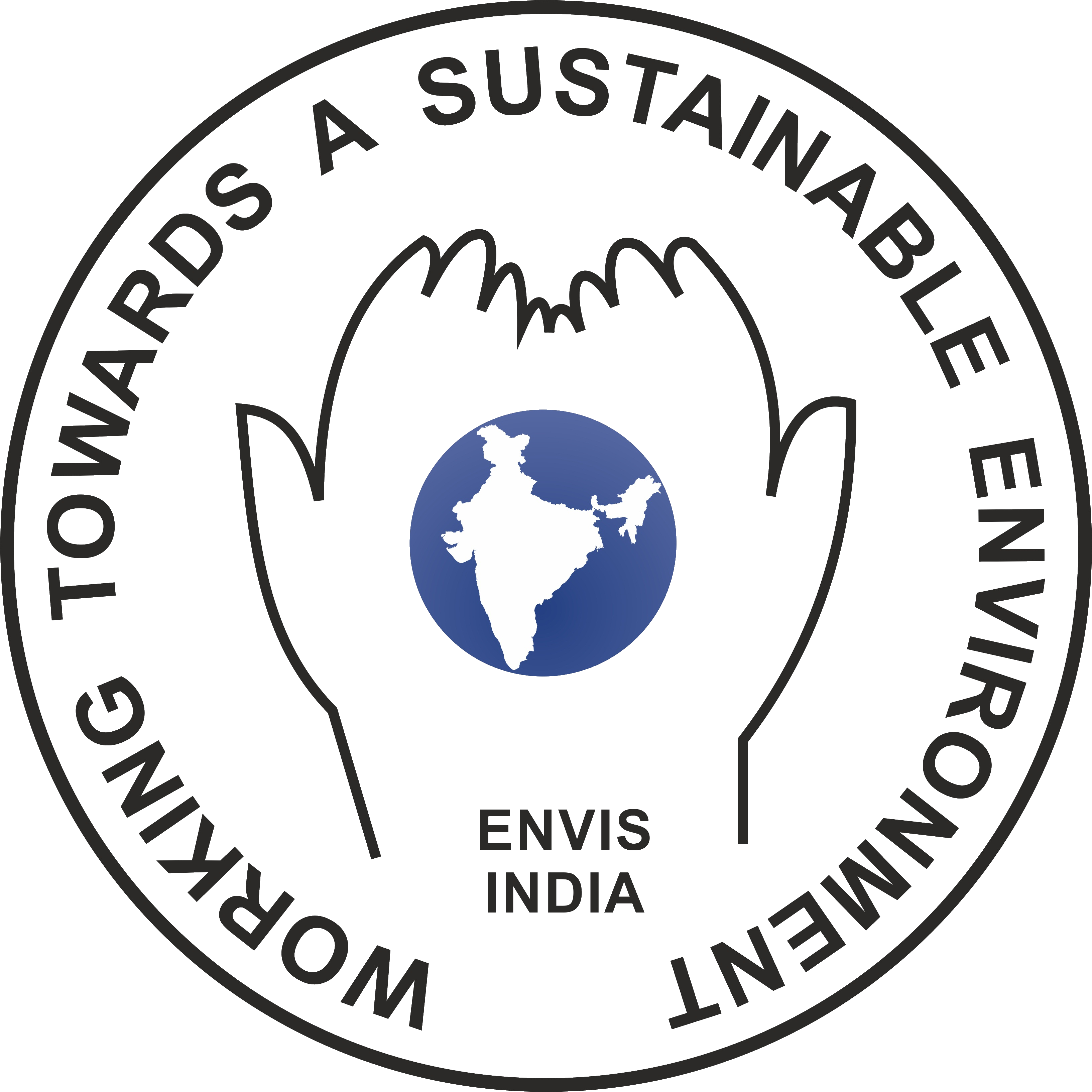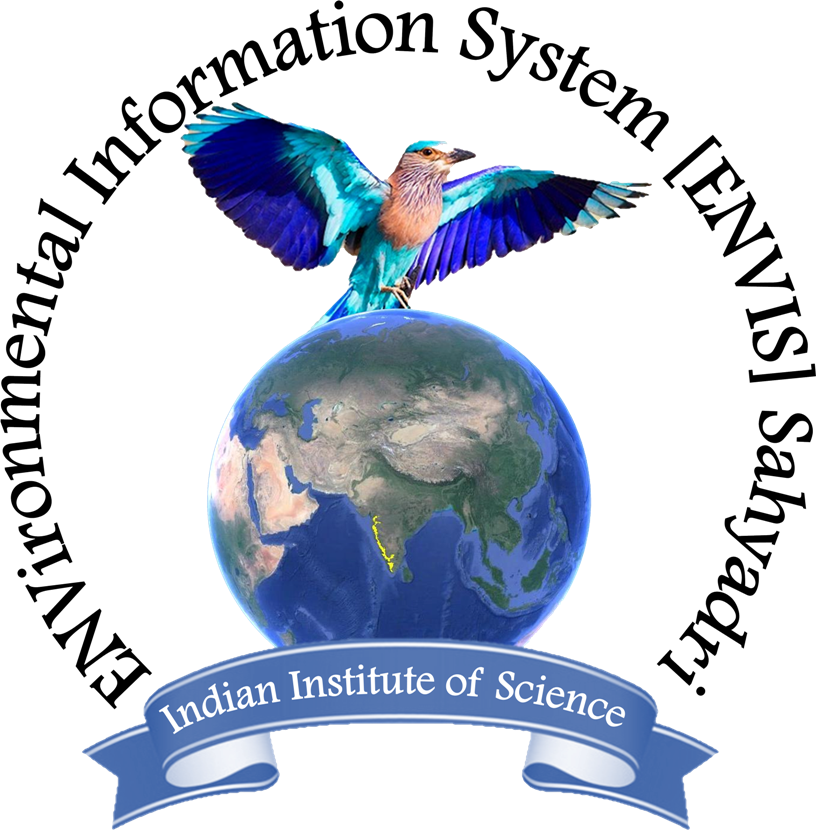- Details
- Written by: ENVIS.CES
- Category: Foss Lists
- Hits: 925
what.is.openjump?
OpenJUMP is an open source Geographic Information System (GIS) written in the Java programming language. It is developed and maintained by a group of volunteers from around the globe. OpenJUMP started as JUMP GIS designed by Vivid Solutions.
what.can.openjump.do?
The current version can read and write shapefiles simple GML files as well as several other vector formats via plugins. It can also read from several spatial databases and write to postgis. It has support for images and for WFS and WMS web-services. So you can use it as GIS Data Viewer. However, its particular strength is the editing of geometry and attribute data. One can style the appearance of data in OpenJUMP's map display and can export the view to SVG. A growing number of vector analysis tools for topologic analysis and overlay operations is available too. OpenJUMP 1.8 adds coordinate reference system transforms and 1.9 adds several spatial databases reading capabilities as well as a lot of bug fixes and improvements. More info in our fatcs sheet.
Detailed information on OpenJUMP can be found on our Wiki.
- Details
- Written by: ENVIS.CES
- Category: Foss Lists
- Hits: 21507
DIVA-GIS is a free computer program for mapping and geographic data analysis (a geographic information system (GIS). With DIVA-GIS you can make maps of the world, or of a very small area, using, for example, state boundaries, rivers, a satellite image, and the locations of sites where an animal species was observed. We also provide free spatial data for the whole world that you can use in DIVA-GIS or other programs.
You can download the program and read the documentation.
DIVA-GIS is particularly useful for mapping and analyzing biodiversity data, such as the distribution of species, or other 'point-distributions'. It reads and write standard data formats such as ESRI shapefiles, so interoperability is not a problem. DIVA-GIS runs on Windows only.
You can use the program to analyze data, for example by making grid (raster) maps of the distribution of biological diversity, to find areas that have high, low, or complementary levels of diversity. And you can also map and query climate data. You can predict species distributions using the BIOCLIM or DOMAIN models.
- Details
- Written by: ENVIS.CES
- Category: Foss Lists
- Hits: 2047
QGIS
A Free and Open Source Geographic Information System
Create, edit, visualise, analyse and publish geospatial information on Windows, Mac, Linux, BSD and mobile devices
For your desktop, server, in your web browser and as developer libraries
Version 3.24.2
Version 3.22.6 LTR
Donate now!
PROJECT NEWS
- Details
- Written by: ENVIS.CES
- Category: Foss Lists
- Hits: 2592
India-WRIS
Based on specific requirement from MoWR, a nationwide water resources information system, “Generation of Database and Implementation of Web Enabled Water Resources Information System” (India-WRIS) was realized by ISRO, which provides 'Single Window Solution' for all water resources data and information in a standardized national GIS framework. It allows users to search, access, visualize, understand and analyse comprehensive and contextual water resources data for assessment, monitoring, planning, development and Integrated Water Resources Management.

Krishna Basin.
- Details
- Written by: ENVIS.CES
- Category: Foss Lists
- Hits: 943

R is a free software environment for statistical computing and graphics. It compiles and runs on a wide variety of UNIX platforms, Windows and MacOS. It is a GNU project which is similar to the S language and environment which was developed at Bell Laboratories (formerly AT&T, now Lucent Technologies). R can be considered as a different implementation of S. There are some important differences, but much code written for S runs unaltered under R.
Gstat is an open source (GPL) computer code for multivariable geostatistical modelling, prediction and simulation. In the original form, gstat is a stand-alone executable, interfaced to various GIS. The gstat functionaly is also available as an S extension, either as R package or S-Plus library.
Gstat can calculate sample variograms, fit valid models, show variograms, calculate (pseudo) cross variograms, fit valid linear models of coregionalization (S extension only), and calculate and fit directional variograms and variogram models (anisotropy coefficients are not fitted automatically).
Kriging and (sequential) conditional simulation are done under (simplifications of) the universal cokriging model. Any number of variables may be spatially cross-correlated. Each variable may have its own number of trend functions specified (being coordinates, or so-called external drift variables). Simplifications of this model include ordinary and simple kriging, ordinary or simple cokriging, universal kriging, external drift kriging, Gaussian conditional or unconditional simulation or cosimulation. In addition, variables may share trend coefficients (e.g. for collocated cokriging).
For more information see Gstat Homepage.
LAPACK is written in Fortran77 and provides routines for solving systems of simultaneous linear equations, least-squares solutions of linear systems of equations, eigenvalue problems, and singular value problems. The associated matrix factorizations (LU, Cholesky, QR, SVD, Schur, generalized Schur) are also provided, as are related computations such as reordering of the Schur factorizations and estimating condition numbers. Dense and banded matrices are handled, but not general sparse matrices. In all areas, similar functionality is provided for real and complex matrices, in both single and double precision.
For more information see LAPACH Homepage.


